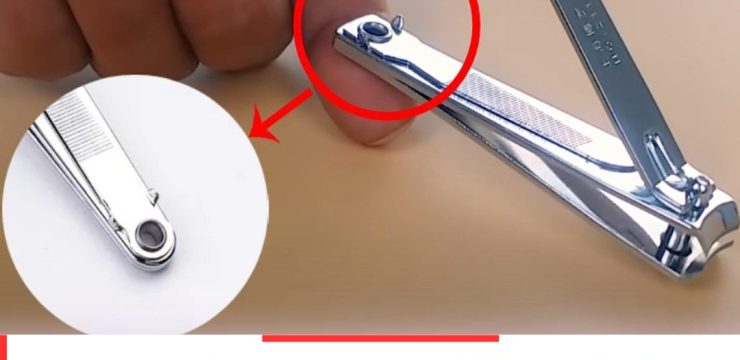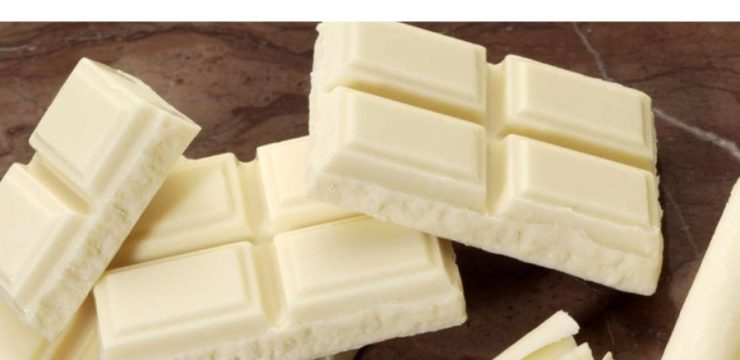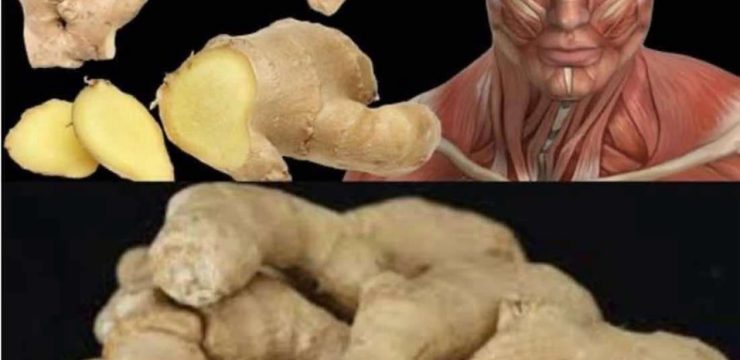Corn on the cob holders might seem like a small, insignificant kitchen tool to some, but for many of us, they are tied to fond memories of summer barbecues, family gatherings, and the simple pleasure of biting into buttery, golden corn without the mess. These little skewers have a surprisingly rich history, and their evolution has mirrored the changes in culinary tools over time.

A Historical Look at Corn on the Cob Holders
Corn on the cob holders, also commonly known as corn skewers, have been around since the early 19th century when corn became a staple in many parts of the world. Back then, eating corn directly off the cob could be tricky—those juicy kernels could get slippery, and there was always the risk of burning your fingers. That’s where corn on the cob holders came into play. Originally made from wood or bone, they were a simple yet effective tool designed to help people enjoy their corn without the hassle.
The basic function of these early skewers was the same as it is today: to secure the cob and provide a convenient way to hold it. Back in those days, people were just as passionate about getting every bite of those buttery kernels as we are now. The lengths we go to for good food, right?
The Evolution of Design
Like many kitchen tools, corn on the cob holders have seen a design transformation over the years. The original versions were simple, featuring two prongs made from durable materials like metal or wood. These provided a solid grip on the cob while keeping your hands clean and cool. As time went on, the skewers got a bit of a facelift. Modern designs now feature ergonomic handles that prioritize both comfort and safety. It’s like giving the corn skewer a makeover—it’s functional and stylish!
These design improvements reflect the advancement of culinary tools in general. Today’s corn holders are often made with heat-resistant materials and come in various shapes and themes to add a bit of fun to your dining experience. It’s like they went to a five-star spa and came out ready for a cookout!
Cultural Significance and Nostalgia
Corn on the cob holders hold more than just your corn—they hold cultural significance, too. In regions where corn is a staple food, these holders are a familiar sight at barbecues, picnics, and community gatherings. They symbolize more than just a meal; they represent shared moments with family and friends. For many of us, pulling out those vintage corn holders during a family cookout brings a sense of nostalgia. Remembering grandma’s Sunday barbecue without them would be like forgetting the ketchup—unthinkable!
In fact, many people cherish their old corn on the cob holders as heirlooms. Some vintage pieces, crafted with durability and attention to detail, are passed down through generations. They not only remind us of meals shared but also reflect the craftsmanship of a simpler time.
Modern Corn on the Cob Holders
Despite all the technological advances in our kitchens, corn on the cob holders remain an indispensable tool. They’ve stayed true to their purpose: making it easy to enjoy corn without making a mess. But modern holders have taken things up a notch, with some featuring heat-resistant handles or fun, themed designs. Whether you’re going for a classic look or something more whimsical, there’s a corn holder out there for everyone. If your corn isn’t ‘corn-tastic,’ what’s the point, right?
These days, corn on the cob holders aren’t just about function—they add a little flair to any summer barbecue or family dinner. And while their design continues to evolve, their role in our kitchens remains as relevant as ever.
Conclusion
Corn on the cob holders may seem like a small, humble tool, but they have a long history and a special place in many of our hearts. Whether you’re using a sleek, modern design or a cherished vintage set passed down through the family, these holders are part of the experience of enjoying one of nature’s simplest pleasures: freshly roasted corn on the cob.
So, the next time you pull out those little skewers for your BBQ, take a moment to appreciate how far they’ve come—and how they continue to make our lives just a little bit easier.





